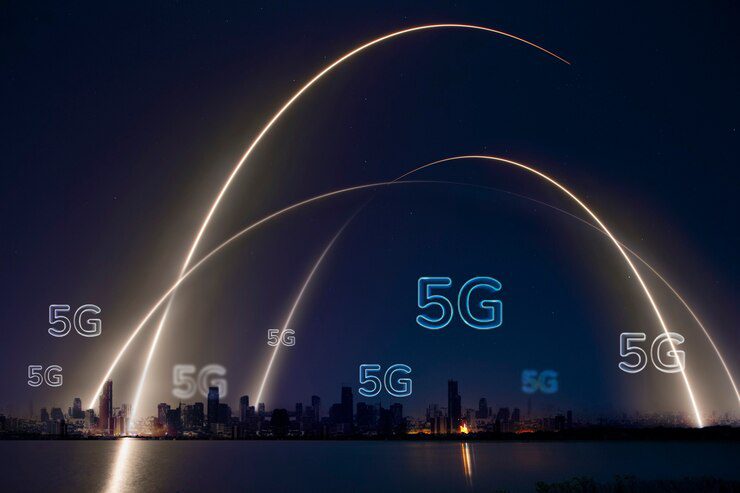In the digital age, technology continues to advance at an unprecedented pace, revolutionizing the way we connect, communicate, and conduct business. Among the most transformative innovations of recent years is the evolution of 5G technology. As we step into 2023, 5G has emerged as a game changer, promising to reshape industries, enhance connectivity, and unlock new possibilities in the realms of communication, entertainment, healthcare, and beyond.
Faster Speeds and Lower Latency
One of the primary advantages of 5G technology is its remarkable speed and low latency. Compared to its predecessor, 4G LTE, 5G offers significantly faster download and upload speeds, allowing users to download large files, stream high-definition videos, and participate in real-time online activities seamlessly. The lower latency, or the delay between sending and receiving data, enhances the responsiveness of applications, making activities like online gaming and video conferencing smoother and more immersive.
Massive Device Connectivity
5G technology introduces the concept of Massive IoT (Internet of Things), enabling the seamless wireless connectivity of a vast number of devices simultaneously. This capability is particularly essential in the era of smart homes, smart cities, and industrial automation. With 5G, devices ranging from household appliances and wearable gadgets to autonomous vehicles and industrial sensors can communicate efficiently, paving the way for a more interconnected and automated world.
Enhanced Mobile Experiences
The advent of 5G technology has transformed mobile experiences in profound ways. Augmented Reality (AR) and Virtual Reality (VR) applications, which demand high data speeds and low latency, have become more immersive and accessible. From immersive gaming experiences to virtual tours and interactive educational content, 5G-powered AR and VR applications have opened up new avenues for entertainment, education, and digital exploration.
Revolutionizing Healthcare
5G technology is set to revolutionize the healthcare industry by enabling innovative applications and services. Remote patient monitoring, telemedicine, and remote surgery procedures benefit from the high-speed, low-latency connectivity offered by 5G networks. Medical professionals can remotely monitor patients’ vital signs in real-time, consult with specialists across the globe through high-quality video conferencing, and even perform surgeries with the assistance of robotic systems, all made possible by the advancements in 5G technology.
Read More: User-Centered Design: Pioneering Intuitive Human-Computer Interfaces
Empowering Smart Cities
The concept of smart cities, where technology is harnessed to enhance urban living, is becoming a reality with the help of 5G. Smart city applications, such as intelligent traffic management, energy-efficient lighting systems, environmental monitoring, and smart grids, rely on the seamless exchange of data between numerous sensors and devices. 5G network development provides the robust connectivity required to support these applications, leading to more sustainable, efficient, and interconnected urban environments.
Enabling Industry 4.0
In the industrial sector, 5G technology is a driving force behind Industry 4.0, the fourth industrial revolution characterized by automation, data exchange, and smart manufacturing. With the ultra-reliable, low-latency communication (URLLC) capabilities of 5G, factories and industrial facilities can achieve unprecedented levels of automation and efficiency. Machines can communicate in real-time, leading to predictive maintenance, reduced downtime, and optimized production processes.
Challenges and Considerations
Despite its immense potential, the widespread adoption of 5G technology also presents challenges. These include concerns about cybersecurity, infrastructure development, and the equitable distribution of 5G connectivity. Additionally, there are environmental considerations related to the increased energy consumption associated with the deployment of 5G infrastructure. Addressing these challenges requires a collaborative effort among governments, industries, and regulatory bodies to ensure a secure, sustainable, and inclusive 5G ecosystem.
Conclusion
The evolution of 5G technology in 2023 marks a significant milestone in the realm of connectivity and innovation. With its lightning-fast speeds, low latency, and the ability to connect a vast array of devices, 5G has the potential to transform industries, empower smart solutions, and enhance the quality of life for people around the world. As we embrace the opportunities presented by 5G, it is crucial to address the associated challenges mindfully, ensuring that this groundbreaking technology is harnessed for the greater good, driving positive change and ushering in a new era of connectivity and digital experiences.







